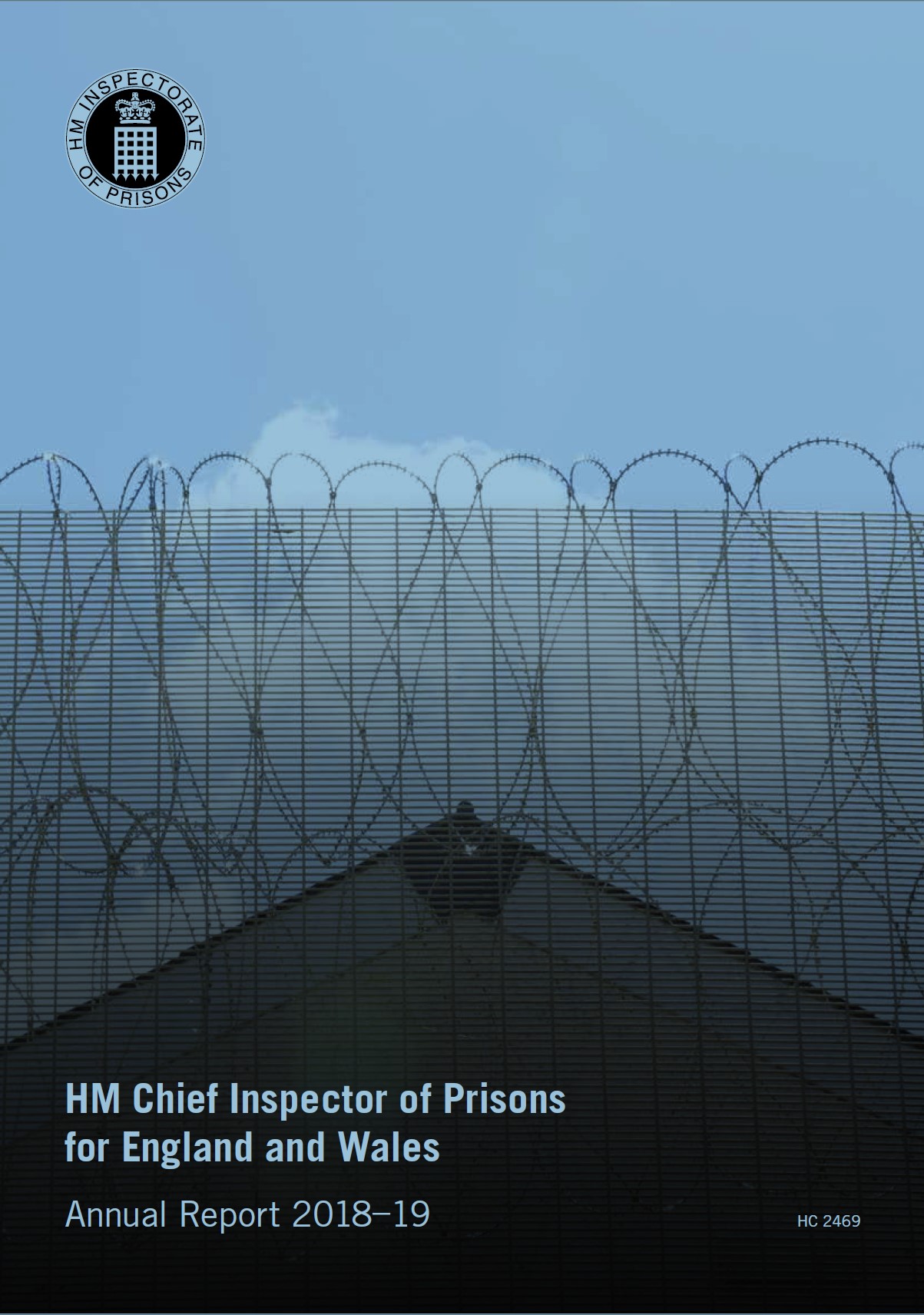1 in every 50 male prisoners in the United Kingdom self-identify as transgender, the UK’s Chief Inspector of Prisons for England and Wales Peter Clarke said in his 2018-2019 report.
According to the survey, 2% of prisoners in adult male prisons identified themselves as transgender or transsexual. Most individuals received support, but some prisons were not aware of the full extent of needs of these prisoners and had not yet identified and addressed them.
“Two prisoners identified as transgender in our survey, but they were not known to staff, and the prison had no experience of managing transgender prisoners.”
Additionally, prisons were often unaware of the true number of gay, bisexual and other orientation prisoners in their population, and the support provided to this group was often limited.
Surely, the self-identification as transgender has nothing to do with the special conditions and treatment that many prisons offer to facilitate life for gay, bisexual and other orientation prisoners.
Transgender prisoners are entitled to shower alone, separate cells and can apply to switch between male and female jails. Earlier this year the Ministry of Justice created a “wing” for transgender prisoners to keep them away from other inmates.
Among offenders from traveler (roma) communities the number self-identifying as transgender or transsexual rose to one in ten inmates, according to the report.
Mark Fairhurst, chair of the Prison Officers Association (POA) said there “would always be some trying to abuse the system.”
Harry Fletcher, director of the Victims’ Rights Campaign, said he was convinced that “for some this is a total try-on” with the prospect of a more relaxed regime.
Ministry of Justice figures in November said there were 139 transgender prisoners in 44 jails. Of the 42 in women’s jails, 22 were men who identified as female, while in male prisons 92 of the 97 were men identifying as women.
In comparison, the Government’s equalities office estimates as few as 0.5 per cent or 200,000 in the general population are transgender. And nationally just 5,000 transgender people have been issued with gender recognition certificates since they were accepted in new laws in 2004.
So, either the prisoners are trying to “play” the system or there appears to be a correlation between being transgender and being sent to prison for committing a crime.
The survey and the resulting report did not cover if prisoners possibly attempting to take advantage of the system.
“Sometimes we find the numbers of people identifying as transgender are higher in our survey than the prison will think.”
For those that did identify as transgender, he said inspectors had seen “considerable care paid to the requirements of transgender prisoners.”
The UK also got its first prison for transgender inmates earlier in 2019.
It followed the case of Karen White, a transgender prisoner, who sexually assaulted two women while on remand at New Hall jail in Wakefield. White, who was born male and now identifies as a woman, was described by a judge as a ‘predator’ who was a danger to women and children.

The convicted rapist Karen White, deemed a danger to women and children, now serving in a special prison with just two other inmates. Click to see full-size image
White, is now serving her sentence in a prison with only two other inmates and with special, and presumably better conditions.
Other significant findings from Peter Clarke’s report include:
- Prison suicides have risen by nearly 20% within a single year;
- Levels of self-harm across jails are “disturbingly high”;
- Twenty-two jails out of 28 inspected were found to be “unsafe”;
- Too many prisons are being “plagued by drugs, violence and appalling living conditions”;
- Violence increased in more than half of jails inspected.
Most prisons in the UK are full beyond their capacity, as well, which shows an issue with how many people are being sent, and it is to be expected to try and abuse any possible loophole.







It would be great to start using this information as evidence of the criminalizing outcomes of transgendering. The lbgqt crowd would scream!
They always abuse statistics to help their cause so being paid back in the same coin may be good for them.
In Iran ???, I do not think so.
Is that a pic. of mike or is that Rob , ha ha
nah its probably you kike look at his nose
By the herpes I’d say it’s Concrete Mike, he uses to accuse people of racism, it’s typical for a trans Karen
Awhwhh little insults from the fascists, you trying to hurt my feelings?
Poor sad lonely boy.
Have a nice day shitstain!
So you was, Concrete Herpes. Or Karen Mike? Which role are you gonna play? Are you going to spread your golf hole with your both hands and ask your trans mummy to push with his golf club and balls your soft concrete uphill?
UK a bunch pedophiles and degenerates.
DO not give them anything,nothing at all.
And stop this listening to this song, the one that says, “man, I feel like a women”, https://www.youtube.com/watch?v=ZJL4UGSbeFg
PS And no, I am her new sugar Daddy so go away.
PS I have just realised it has a rip off of Robert Palmer’s regards the backing group – https://www.youtube.com/watch?v=XcATvu5f9vE
PS Faggots and LGBTQRXYZ Freaks – there are real men and women.